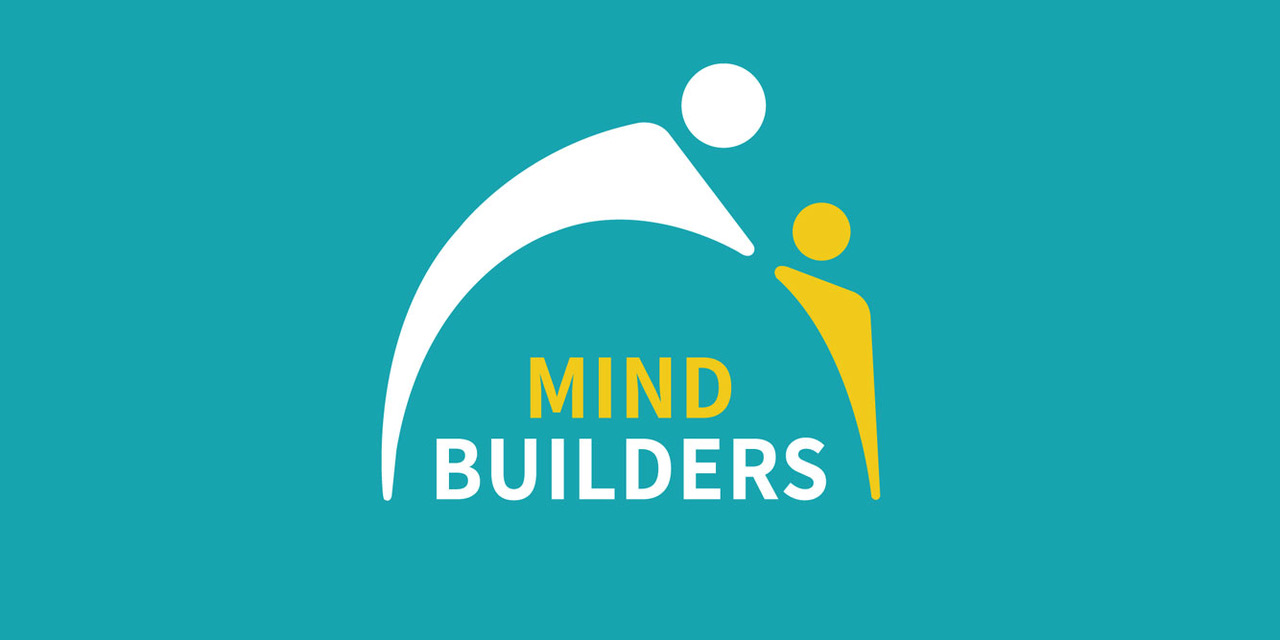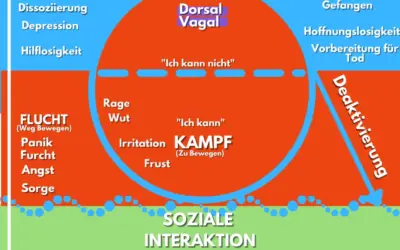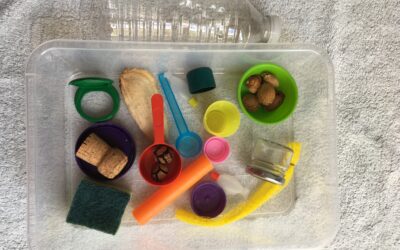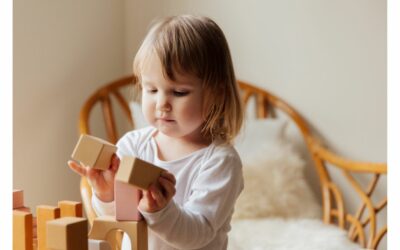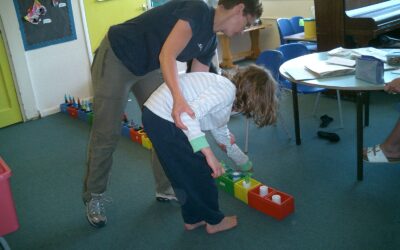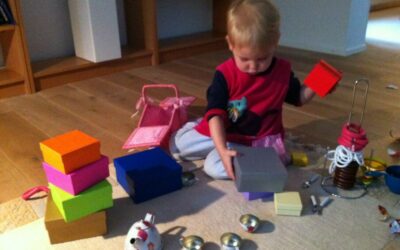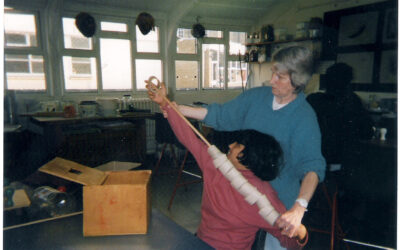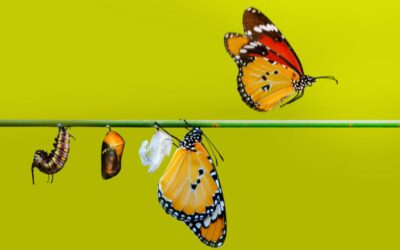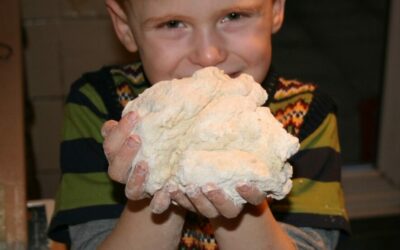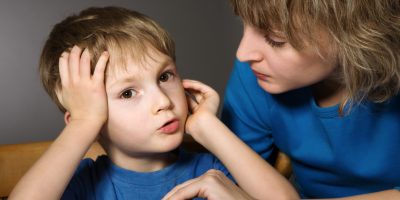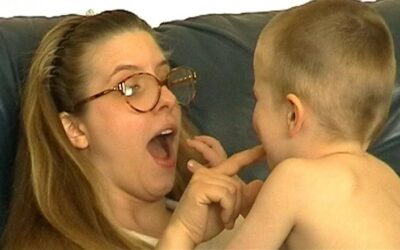Tips, Ideas & Stories
Herausforderndes Verhalten verstehen (grün-rot-blau)
Oft werden wir mit herausfordernden Verhaltensweisen konfrontiert, zum Beispiel wenn ein Kind sehr kontrollierendes Verhalten zeigt und einfach nicht mit etwas aufhören oder auf seinem Willen bestehen will. Traditionelle Methoden mit rationalen Erklärungen an den...
Wasserspiel
asser ist dieses einzigartige Medium, das einen umhüllt und keinen Widerstand zu leisten scheint, einen tragen kann, sich aber nicht festhalten läßt. Um es zu halten bedarf es eines Behälters, der dem Wasser eine Form und Begrenzung gibt, und dann eines zweiten...
Frühes Spiel & Lernen #1: Die 7 Grundprinzipien
Lernen beginnt mit dem TUN. Und das Tun erfordert vor allem unsere Hände. Kleine Kinder sind in der Regel unablässig damit beschäftigt, nach Dingen zu greifen, sie „haben“ und in die Hand nehmen zu wollen. Und das ist von entscheidender Bedeutung, denn auf diese Weise...
Frühes Spiel & Lernen #2: Die 10 Grundaktivitäten
Die folgenden 10 fundamentalen Spielaktivitäten und rudimentären Bewegungsmuster muss ein Kind gut genug entwickelt haben, um spielen und lernen zu können, da alles weitere Lernen auf diesen Fähigkeiten aufbaut: 1. Nehmen und ablegen: mit den Händen Dinge aufnehmen...
Was brauchen Kinder, die nicht spielen und lernen können?
Immer mehr Kinder haben Lernschwierigkeiten, was heutzutage immer häufiger zu einer Autismus-Diagnose führt. Sie haben oft nur wenige Aktivitäten, mit denen sie sich beschäftigen, was zu einem Teufelskreis von immer weniger neuen und engeren Erfahrungen führt. Das...
Game activity: Form pairs
Matching is first about understanding that two objects form a PAIR because they are more similar than different, even if they are not exactly identical. Early matching begins with learning to match two identical objects that are...
Guide for the Waldon companion
The Waldon learning facilitator (parent and practitioner) in the non-interactive learning lesson is aware that: The child learns primarily through his or her own movements in the available* physical space (*sometimes physical limitations restrict the child's...
The Waldon Method I: Where 'Learning to Learn' Begins
How can we help a hard-to-reach child who finds nothing interesting and does and wants to do nothing but run back and forth, bounce, lie around, shake things, throw things, scream, or bite? This is where I often resort to the Waldon Method....
The Waldon Method II: The Learn-to-Learn Equipment
The Waldon Method is an educational approach by English neurologist Dr. Geoffrey Waldon, based on direct observations of typical human development and the essential mechanisms of learning in the early months and years. While the ideas...
The Waldon Method III: The Waldon Lesson
The Waldon Practitioner As a Waldon practitioner and learning facilitator, you are aware that the child learns primarily through his or her own movements. Why? Movements activate the sensory receptors in the muscles, joints and tendons and send nerve impulses to the...
Key turning points in the development of a child
Healthy development is the result of rich and varied interactions between the child and his environment, both with people and with the things around him. Although every child comes with certain character traits, temperaments, sensory and...
Play dough recipe
This classic children's play material is so easy to make at home that you will never want to buy it again! It's best to start simply with your hands and imagination (without store-bought tools and cookie cutters) for maximum sensory experience and...
Set up indoor gym for a small child
It's winter or autumn and it's osselich outside. You've spent the whole day indoors. Or you've been outside, but your child is still full of energy, running around aimlessly or bouncing loudly on the sofa. You've run out of ideas. It's...
Problems with speech comprehension
Understanding Language Understanding language begins with the child feeling that he is an effective communicator and repeatedly experiencing that he has loving people around him who understand what he means when he uses his body to...
Mouth and face games
Mouth and face games, which are really a larger-than-life version of face-to-face games for babies, are probably the most important "games" to get an autistic child talking and interested in human interaction....
